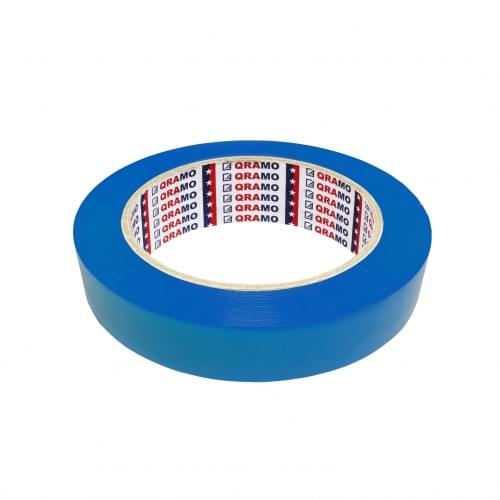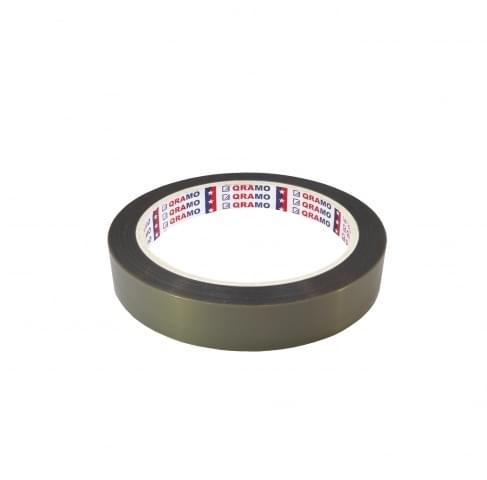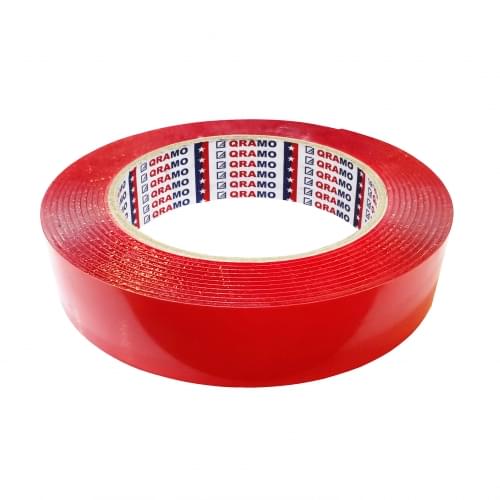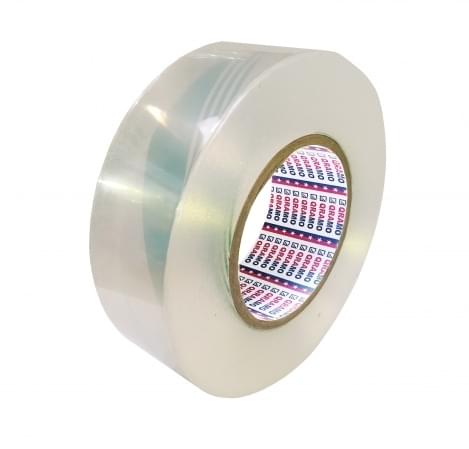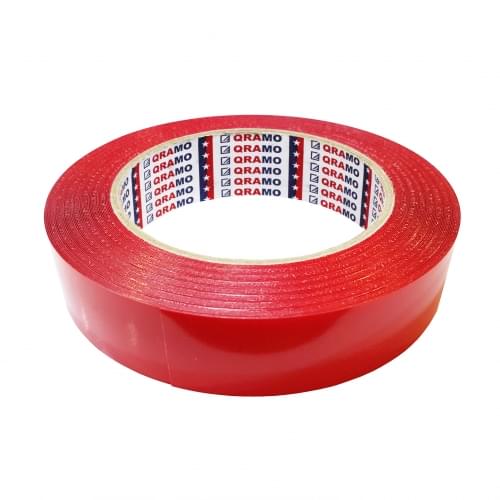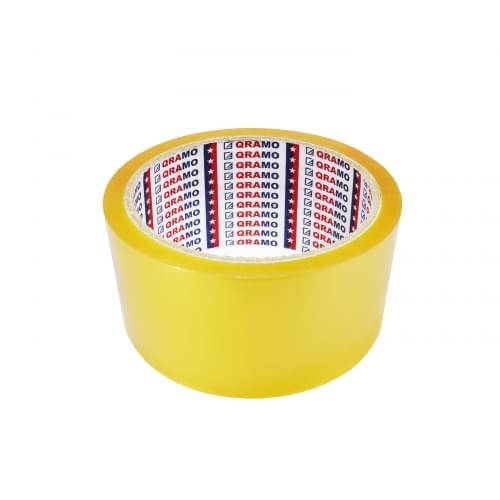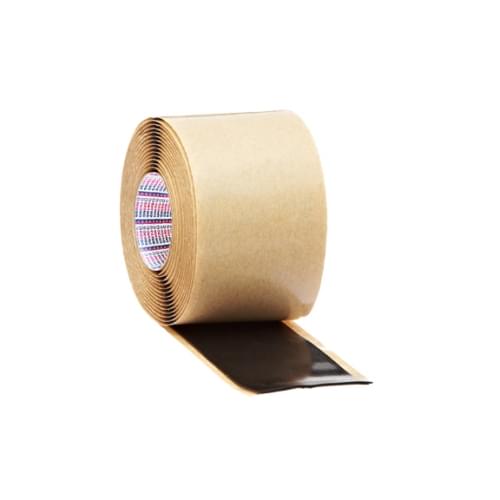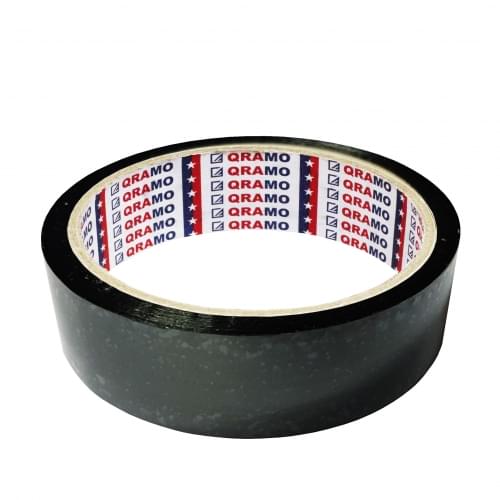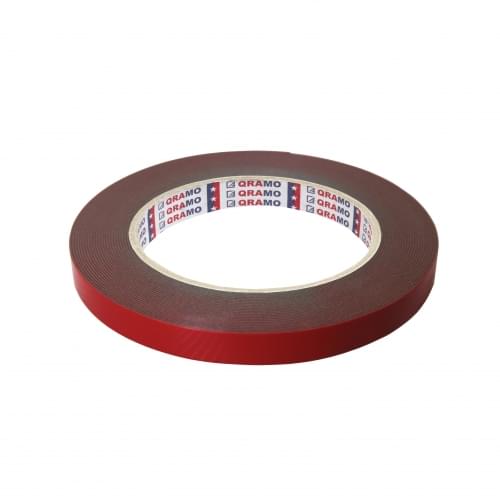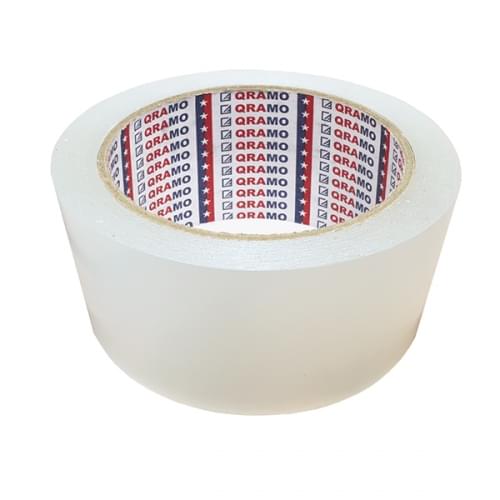Tape Selection: Why Type Of Substrate Matters?
TAPE SELECTION: WHY TYPE OF SUBSTRATES MATTERS?
How well a tape bonds to a surface is highly dependent on a number of factors.
Understanding these factors and how to control them well can help ensure that you select the right tape for the right substrates.
Surface Cleanliness
When a tape is applied to a substrate, the adhesive and the substrate forms an intimate contact. If there are contaminants (such as dust, oil, rust etc.) on the bonding surface, the adhesive will come into contact with those materials, and not the substrate itself.
In such a scenario, the total surface area which the adhesive comes into contact with the substrate is reduced, and correspondingly, the strength of the adhesive bond is also diminished. This may lead to certain application failures.
Therefore, having a clean, dry surface is essential to forming a good adhesive bond.
Rough surfaces
Not all substrates are made the same. With the constant advancement of new materials, there will be times which we will require the tape to perform on different types of surfaces with different surface texture.
When the surface texture which the tape will stick to is slightly textured or rough, (such as wood, foams, textiles, or a plastic surface with an embossed texture), the contact between the adhesive of the tape and the substrate will only be at the vertices of the substrate, which is minimal.
If pressure is applied, the adhesive will then flow and fill out the surface voids of the substrate. Therefore, it is important to use a tape with sufficient adhesive thickness to allow the entire depth of the texture voids to be completely filled out. If a thinner tape is used, it will struggle to provide a satisfactory adhesive bond.
It is also the nature of some adhesives to flow and wet out better than others, and hence filling surface voids more efficiently. If the texture is extremely rough, it is necessary to select a very aggressive adhesive in order to maximize the bond strength in the areas where contact occurs.
Curved surfaces
In actual industrial bonding applications, most surfaces and substrates are not ideally flat; they come in all sorts of sizes, shapes and colours. Therefore, these additional factors can affect the bonding process.
Angled or curved surfaces will induce forces on the edges of bend points in the tape, resulting in an outward peel force which works against the adhesive itself and may cause the tape to disengage from the surface of the substrate. These directional forces are indicated by the arrows in the diagrams below.
In situations like these, it is critical to ensure the tape that is selected has an adhesion strength which is sufficiently greater than these outward directional forces so that it can overcome them with ease. The flexibility of the base material of the tape also plays an important part as the more flexible the tape, the easier it will conform better to the surface of the substrate.
Time
Time is a very important factor to consider when selecting a tape. The adhesive on a tape requires time to flow and wet out the surface completely. Hence, the bond strength will increase over time on most tapes, reaching its maximum strength within 72 hours after the bond is made.
This time element is important to consider for any applications which need to bear a load soon after bonding. A faster wetting, more aggressive adhesive product may be required.
Temperature
A tape that bonds very well at room temperature may not perform as well if you try to apply it at much lower temperatures as the tackiness of the adhesive will decline. The tack will recover as the tape warms up again.
Higher temperatures generally promotes quicker wet out and bond strength will increase at a faster rate. This process will reversely be slower at lower temperatures.
Summary
All the above factors demonstrate the importance of testing a sample of the tape for its performance with your exact industrial application, which may differ substantially from the ideal lab tests situation represented on a product’s technical data sheet.
At Qramo, we are always happy to assist you in translating your product requirements into the exact tape that will be most suitable for your intended applications.
How well a tape bonds to a surface is highly dependent on a number of factors.


